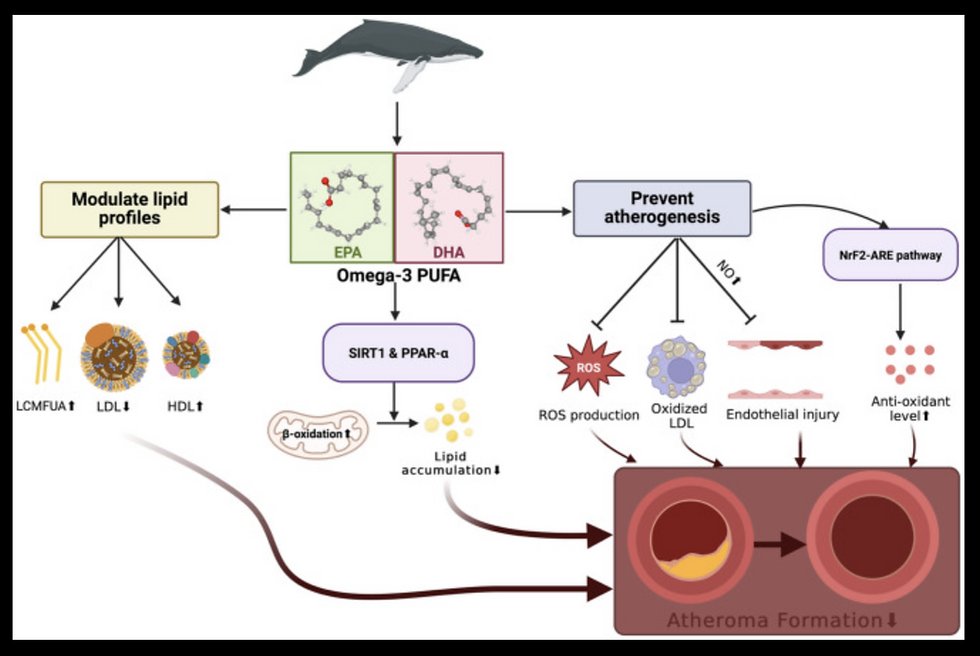Oxidative Stress and Arterial Dysfunction
- heartlung
- Jan 16, 2023
- 1 min read
Antioxidants 2018, 7(10), 145
Oxidative Stress and Arterial Dysfunction in Peripheral Artery Disease
Ahmed Ismaeel et al 1,*
1 Department of Nutrition, Food and Exercise Sciences, Florida State University, Tallahassee, FL 32304, USA 2 Department of Surgery, Vascular Surgery Associates, Florida State University School of Medicine, Tallahassee Memorial Hospital, Tallahassee, FL 32308, USA 3 Department of Surgery, Capital Regional Medical Center, Tallahassee, FL 32308, USA 4 Department of Chemistry and Biochemistry, Baylor University, Waco, TX 76798, USA 5 Department of Surgery, Baylor Scott and White Medical Center, Temple, TX 76508, USA Abstract Peripheral artery disease (PAD) is an atherosclerotic disease characterized by a narrowing of the arteries in the lower extremities. Disease manifestations are the result of more than just reduced blood flow, and include endothelial dysfunction, arterial stiffness, and inflammation. Growing evidence suggests that these factors lead to functional impairment and decline in PAD patients. Oxidative stress also plays an important role in the disease, and a growing amount of data suggest a link between arterial dysfunction and oxidative stress. In this review, we present the current evidence for the involvement of endothelial dysfunction, arterial stiffness, and inflammation in the pathophysiology of PAD. We also discuss the links between these factors and oxidative stress, with a focus on nicotinamide adenine dinucleotide phosphate (NADPH) oxidase 2 (NOX2)-derived reactive oxygen species (ROS) and decreased nitric oxide (NO) bioavailability. Finally, the potential therapeutic role of NOX2 antioxidants for improving arterial function and functional status in PAD patients is explored. View Full-Text



Comments